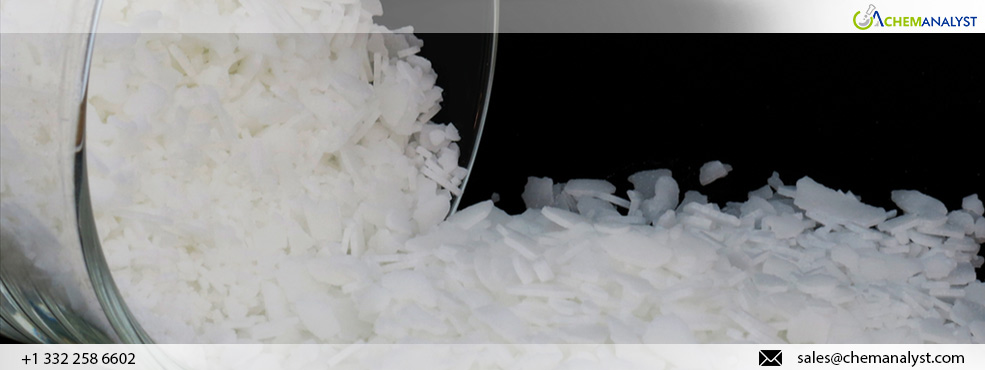Welcome To ChemAnalyst

The second half of March 2024 saw an increase of around 2% for Stearic Acid across the Indian market. Meanwhile, India has initiated an anti-dumping probe on the imports of Chemicals used in the rubber industry from China and Japan, following the complaint filed by Oriental Carbon & Chemicals Limited. The commerce ministry's investigation arm Directorate General of Trade Remedies (DGTR) is probing the alleged dumping of 'Insoluble Sulphur' with uncertainties prevailing in the trade of Stearic Acid (Rubber Grade) which also finds a paramount application in the tyre industry.
The Solvent Extractor Association (SEA) of India has voiced apprehensions regarding the challenges encountered by the domestic oleochemical industry, stemming from extensive imports of finished products like Stearic Acid, refined glycerin, soap noodles, and oleic acid from Southeast Asian nations at zero duty. In response, the association has urged the government to classify these items under the restricted items list.
Imports of Stearic Acid into India were recorded to have increased on a yearly basis from 58,93,800 tonnes in 2022 to 68,88,460 tonnes in 2023, according to the Indian Department of Commerce. As of now the domestic oleochemical industry (including domestic production of Stearic Acid) faces a severe existential threat due to increasingly large-scale imports of finished products such as Stearic Acid, glycerin, soap noodles, and oleic acid which are majorly imported at nil duty from the exporting Sout east Asian markets such as Thailand, Malaysia and Indonesia.
In terms of demand, Stearic Acid is expected to soar in April as the weather conditions continue to warm, which will consequently result in high consumption. This is particularly evidenced by the FMCG industry which recorded a volume growth in the first quarter of this year as the gap between rural and urban consumption narrows. An additional factor supporting the strong growth of consumption is the expected depreciation of inflation rates in March 2024 which continues to improve purchasing activities amongst the local populace.
Moreover, the demand for Stearic Acid from the automotive sector (particularly from the EV sector) is projected to expand with demand particularly originating from the two-wheeler sector. This is evidenced especially in the EV segment where total registrations of battery-powered vehicles (including all segments) for March 2024 touched 1.75 lakh units. A strong performance particularly originated from the two-wheeler segment, with electrical two-wheeler sales hitting the highest level in FY2024 at 944,000 units. The impetus behind this trend stems from a combination of factors, notably the availability of the FAME-II subsidy. This subsidy has acted as a catalyst, with a significant budget allocation of USD 1.2 billion designated to subsidize various segments within the electric vehicle (EV) market.
We use cookies to deliver the best possible experience on our website. To learn more, visit our Privacy Policy. By continuing to use this site or by closing this box, you consent to our use of cookies. More info.
